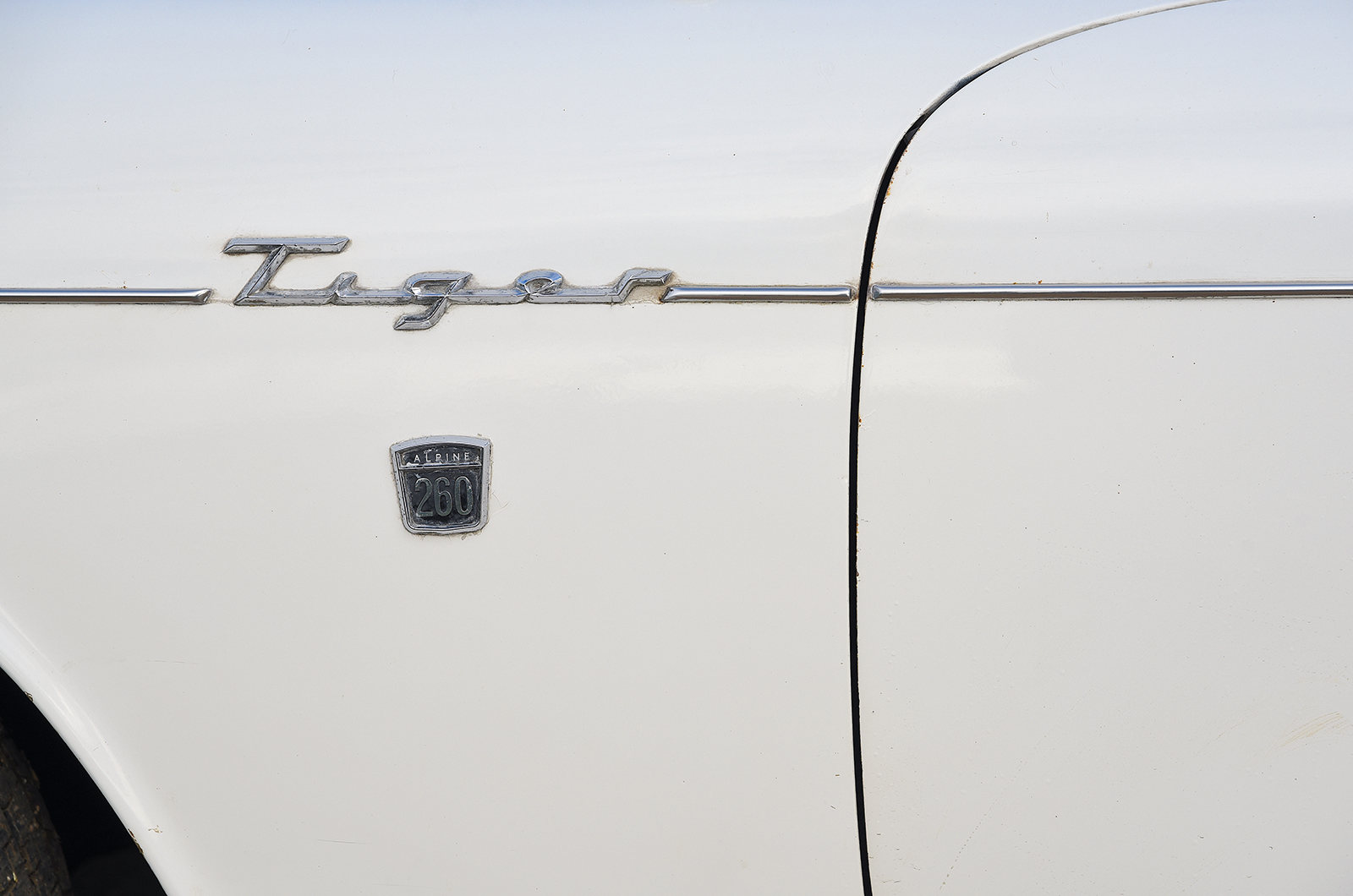The stubby, ideally placed lever finds its slots with a marvellously light, short-throw precision that must put it near the top of the all-time slickest gearboxes listing, if such a thing existed. From 35mph in top the Elan is pulling like a donkey as you search for a fifth that isn’t there.
Driving the Elan quickly is just a matter of instinct for anyone half interested, remembering that there is a lot of power for the weight and that there are limits to what its skinny tyres will achieve on wet roundabouts and the like.
The high-geared steering is sublimely accurate, so the front wheels do your bidding as a sort of thought process uncorrupted by understeer or kickback.
As the cornering power pushes you up against the well-bolstered seat, you realise this car has a lot more grip than you can ever use, yet the feel through your fingers, toes and the seat of your pants tells you it would be both forgiving and controllable in a tight spot.
Sitting low, almost wearing the car, it occurs that the biggest danger for the 21st-century Elan owner is simply being seen by other traffic, although its combination of urge, agility and diminutive size must still give a good margin of active safety.
These two go about their business so differently, yet equally entertainingly, that I’m going to take the coward’s way out and have them both rather than pick a winner.
How could I, when to settle for one would only leave me pining for the other?
Rather than a work of single-minded vision, the Tiger is a cheerfully ephemeral car, a fortunate collection of parts that somehow adds up to a much greater sum total.
It was, and is, a hugely seductive vehicle in both sound and image, its effortless big-banger character more throwback vintage than ’60s modern.
As a design, the Elan is one of the most important sports cars of all, second only to the E-type in the way it made competition-car performance and behaviour practical for road use.
It was a truly modern sporting car, which set standards that remained a benchmark for decades. There was nothing like it – but then there was nothing quite like the Sunbeam Tiger, either.
Images: Will Williams
Thanks to The Sunbeam Tiger Owners’ Club; Paul Matty Sports Cars
FACTFILES
Sunbeam Tiger Mk1
- Sold/number built 1964-’67/6495
- Construction steel monocoque
- Engine all-iron, ohv 4261cc V8, with two-barrel carburettor
- Max power 164bhp @ 4400rpm
- Max torque 258lb ft @ 2200rpm
- Transmission four-speed manual, RWD
- Suspension: front independent, by double wishbones, coil springs, anti-roll bar rear live axle, semi-elliptic leaf springs; telescopic dampers f/r
- Steering rack and pinion
- Brakes 9⅞in (250mm) discs front, 9in (229mm) drums rear, with servo
- Length 13ft 3¾in (4057mm)
- Width 5ft ¾in (1543mm)
- Height 4ft 3¾in (1315mm)
- Wheelbase 7ft 2½in (2200mm)
- Weight 2587lb (1176kg)
- 0-60mph 7.8 secs
- Top speed 117mph
- Mpg 18
- Price new £1471 (1966)
- Price now £40-70,000
Lotus Elan S3
- Sold/number built 1965-’68/2650
- Construction folded steel backbone chassis, glassfibre body
- Engine iron-block, alloy-head, dohc 1558cc ‘four’, twin Weber/Stromberg/Dell’Orto carbs
- Max power 115bhp @ 6000rpm
- Max torque 108lb ft @ 4000rpm
- Transmission four-speed manual, RWD
- Suspension independent, at front by wishbones, coil springs, telescopic dampers, anti-roll bar rear lower wishbones, spring/damper struts
- Steering rack and pinion
- Brakes 9½in (241mm) front, 10in (254mm) inboard rear discs
- Length 12ft 1in (3683mm)
- Width 4ft 8in (1422mm)
- Height 3ft 9in (1143mm)
- Wheelbase 7ft (2134mm)
- Weight 1520lb (689kg)
- 0-60mph 6.7 secs
- Top speed 121mph
- Mpg 25
- Price new £1461 (1966)
- Price now £25-50,000
READ MORE
Buyer’s guide: Lotus Elan (1963-’74)
Lotus Elan M100 vs BMW Z1
28 appreciating classics and what you should pay for them
The greatest ’50s sports cars: XK120 vs MGA, AC Ace, Healey 100 & TR3A
Martin Buckley
Senior Contributor, Classic & Sports Car




















